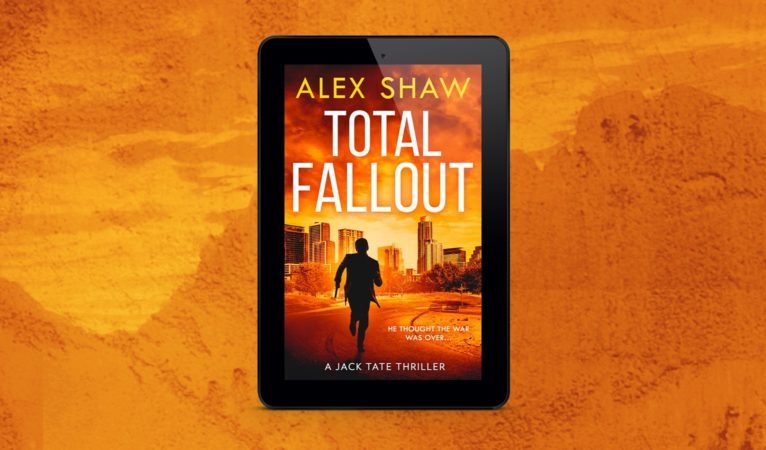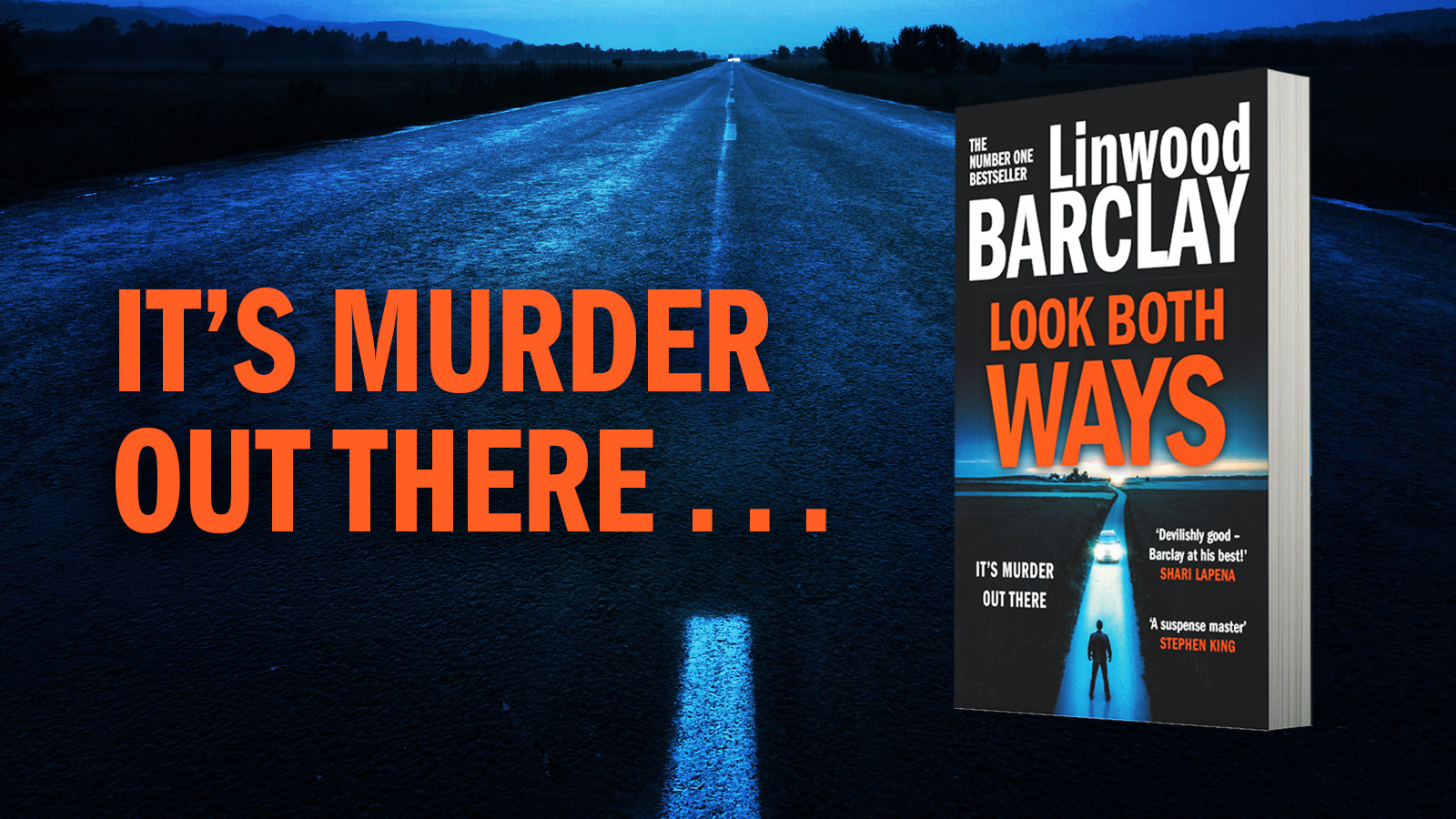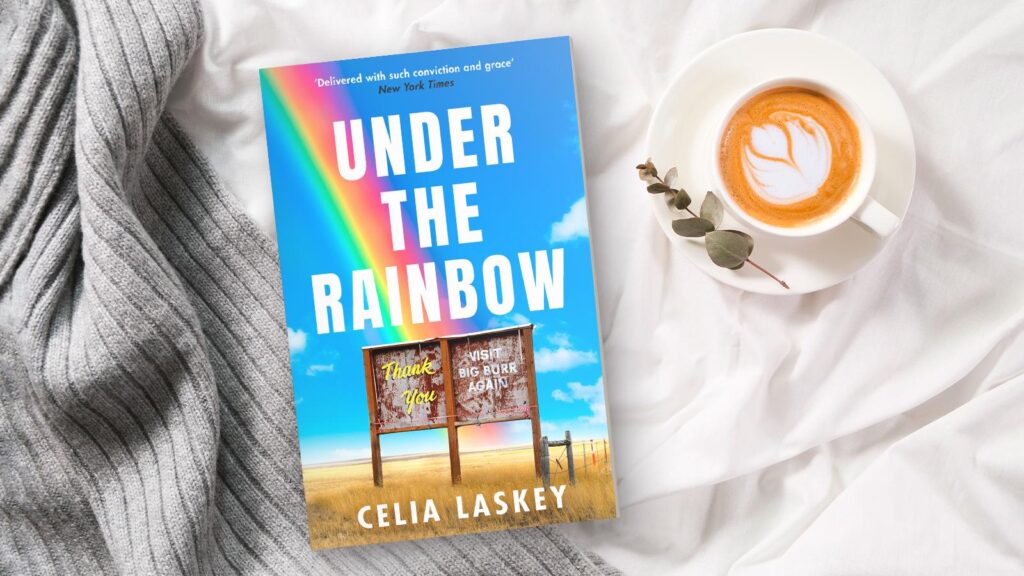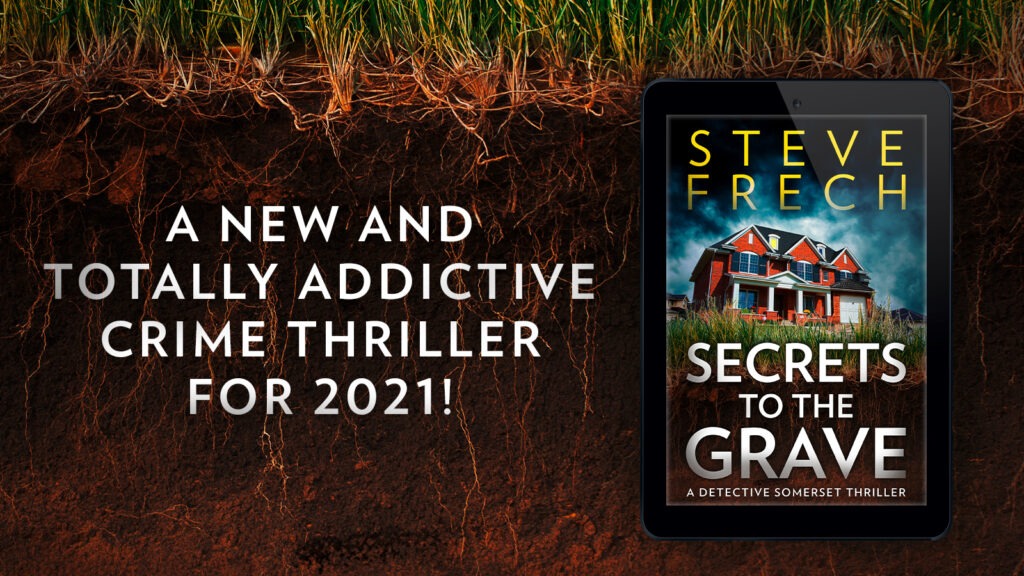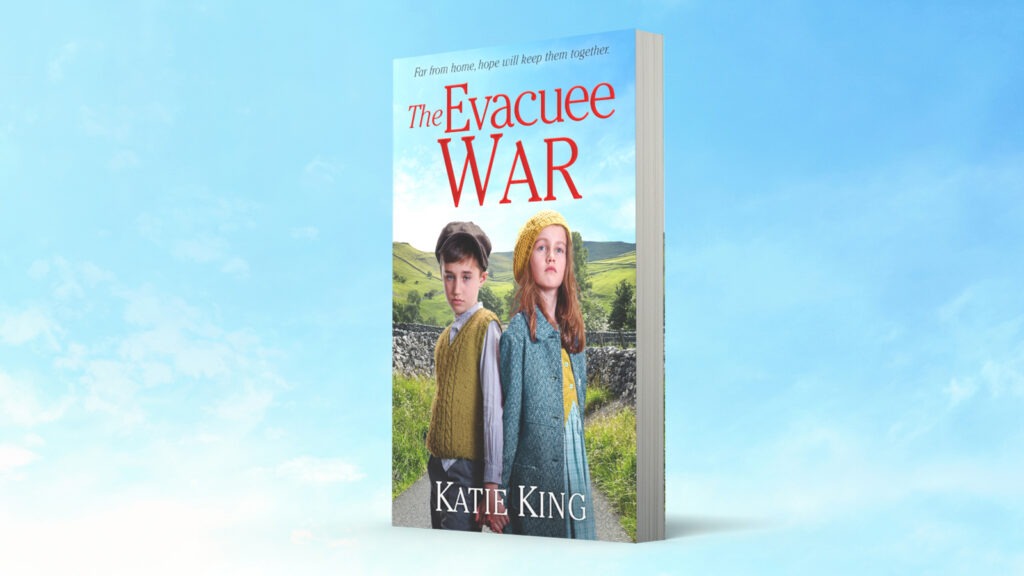Fight scenes are at the core of the action thriller. The rules for writing fights are not set in concrete slabs of the type used to bury bodies, but they do exist. Get these wrong and the scene won’t work.
Here are a few rules I follow:
- The scene must be needed. Don’t write a scene to just show off, unless it is your character who is showing off an unknown trait. Do you need the scene and do you need it at that point in the story?
- The scene should contain characters readers care about. The reader needs to love or hate one of the parties in the fight. They want to root for someone.
- Use the bare minimum you can for technical details. Don’t go into the exact specifics on knife coatings, bullets, sights etc. unless you, or the character, is an expert. It will slow the fight, bore the reader and you’ll probably make mistakes that an expert reviewer will grill you on.
- Choose the best point of view for the scene. The reader has to experience the action from the perspective which brings the most impact and shows the most about those involved. Don’t be afraid to use the ‘bad guy’s’ POV if this works the best.
- Try to use as many of the senses as you can: sight, hearing, taste, touch, and smell. Think of how you to propel the reader into to the scene by stimulating their senses. Gunshots are loud, ears ring, adrenalin makes people shaky, hands hurt from throwing punches, are there feelings of remorse or fear?
- Visualise the scene as you write it. Imagine each move, hear the impact and see the splatter. And if you want to, mime the moves!
- Don’t write the fight scene! The best fight is the one you don’t have, sometimes that’s true for a fight scene, concentrate on the aftermath – that, after all, is more important. How are the characters effected? Are they injured?
- Don’t say BANG! Think of words or similes to use for the sound of a weapon. ‘The retort echoed off the mountains like thunder’, or ‘it sounded like a metallic roar’. Not ‘the gun went bang’. Only use the word bang if a witness is describing the sound and can’t find another way to do so.
- Pauses in the action. The reader and the characters may need a pause in the action, and it will be a shock or a twist when the fighting starts again.
- Most importantly, the fight must be believable! Don’t make your protagonist invincible, unless they are. Don’t make it easy for the hero! Heroes win, that’s why they are heroes, but the reader must believe there is a possibility of failure. In fight scenes things go bad and the wrong people suffer. What does your character know? Do they know the names of moves or weapons, and would they be able to use them? Characters suddenly should not have expert fighting skills, unless that’s the point. If a character uses a Judo throw to defeat an attacker, there needs to be a clue earlier that the character knows Judo.
Final Top Tips:
- Write in shorter sentences. Shorter sentences are easier to understand. They increase pace.
- Short sentences speed up action. Longer sentences can be employed to draw attention to a specific detail or to slow down specific parts or aspects of the fight.
- Long sentences and paragraphs are used for self-reflection or even a form of slow motion.
- Repeat words or phrases to build tension.
- Employ line breaks to draw physical attention to the page.
And that’s it! Have fun fighting!
Alex Shaw’s brand new action adventure thriller Total Fallout is out now in ebook, available here.
